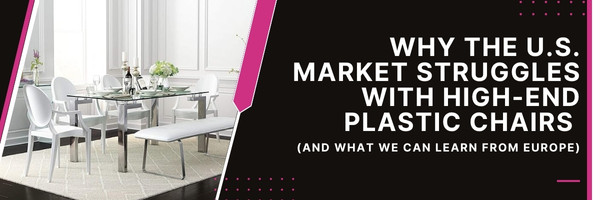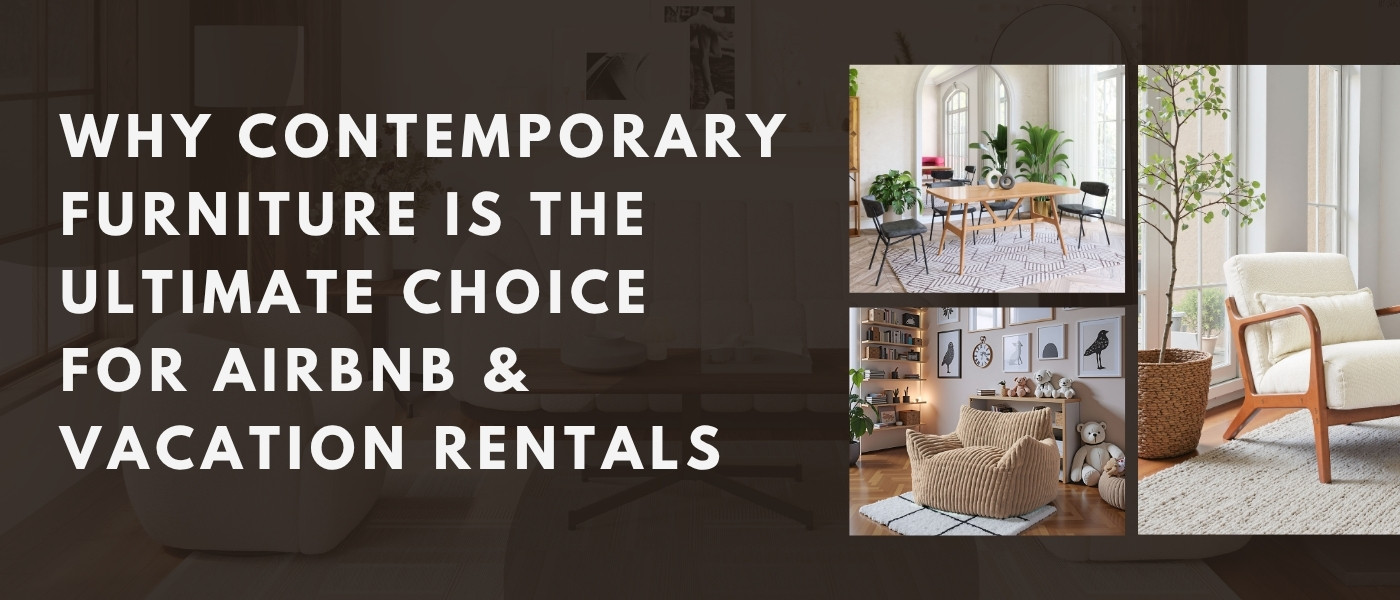In many European design hubs—Milan, Copenhagen, Berlin—modern plastic chairs grace both cafes and living rooms with style and prestige. They’re colorful, sculptural, often stackable, and embraced by homeowners as symbols of taste and design consciousness. Yet in the United States, the same chairs are often dismissed as “cheap,” “temporary,” or simply “not worth it” for residential use. This disconnect isn’t just about aesthetics—it’s cultural, historical, and rooted in how the U.S. values furniture materials and longevity.
So, why does the American market continue to resist high-end plastic seating, especially in homes, while Europe champions it? And is that starting to change?
1. The Material Stigma: Plastic ≠ Premium (in the U.S.)
American consumers, particularly in the residential market




